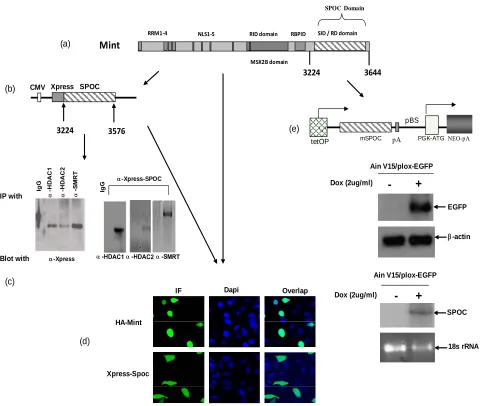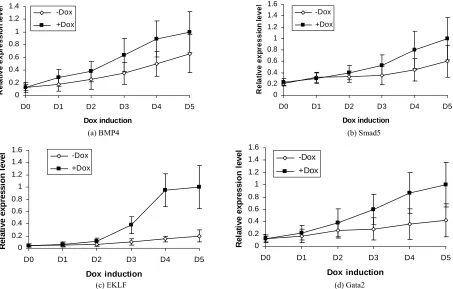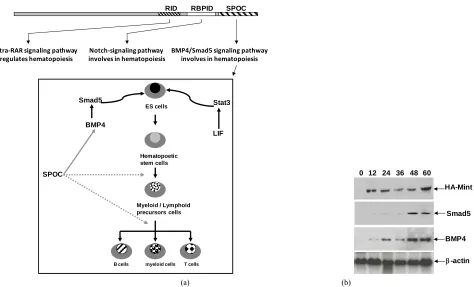SPOC domain of mint protein induces hematopoietic differentiation via Bmp4/Smad5 pathway
Full text
Figure




Related documents
The present study revealed the qualitative phytochemical analysis and in vitro antioxident activities of ethanolic fruit extract partitioned in different solvents (ethanol,
The future of the abused child is therefore dependent on the education and enlightenment of all people concerned with child care, up-.. holding the laws of the various states, and
est known surviving male with the 18-trisomy syndrome verified by autoradiographic studies. of
Smaller scale New Zealand dairy farmers future situation is characterised by over half of the farmers not planning any changes in farm ownership, including
However, the elementary concept of a multilevel converter to achieve higher power is to use a series of power semiconductor switches with several lower voltage
Secondary prevention of macrovascular events in patients with type 2 diabetes in the PROactive Study (PROspective pioglitAzone Clinical Trial In macroVascular Events): a
The Supervision Questionnaire was sent, along with the.. supplementary research materials, to 410 supervisors currently working for 23 of the largest London
Overall, median and 5 year survival rate for all colorectal cancers in the London Cancer Network was 38.3 months and 42.3% respectively.. Shows overall

